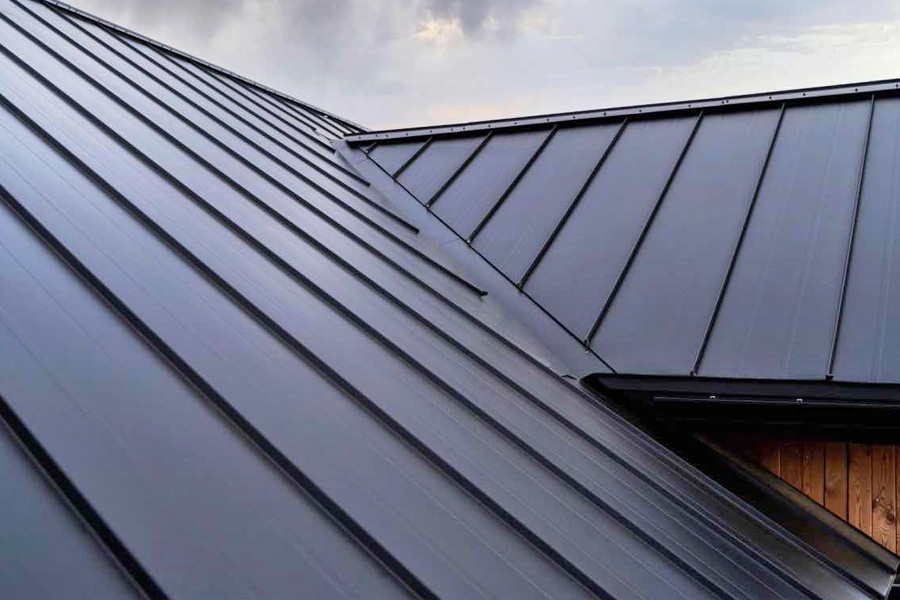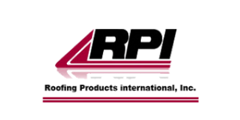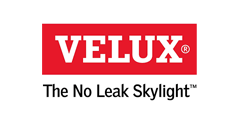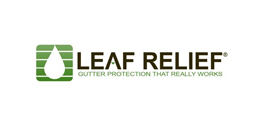When it comes to roofing materials, metal roofs stand out as a top contender for durability, longevity, and style. But how long do metal roofs last, and why should you consider one for your home or business?
In this article, we’ll explore the lifespan of metal roofs, the factors that affect their longevity, and why they might be the perfect choice for your next roofing project.
Why Choose a Metal Roof?
Metal roofs have gained popularity for their exceptional durability and sleek appearance. Unlike traditional asphalt shingles, which may need replacement every 15-20 years, metal roofs can last 40-70 years or more. Their long lifespan, combined with minimal maintenance, makes them an attractive option for homeowners and businesses alike.
Additionally, metal roofs are:
- Eco-friendly: Often made from recyclable materials.
- Energy-efficient: Reflect heat, reducing cooling costs.
- Weather-resistant: Withstand harsh elements like wind, rain, and snow.
How Long Do Metal Roofs Typically Last?
The longevity of a metal roof largely depends on the type of metal used. Let’s break it down:
- Steel Roofs
Steel is one of the most common materials for metal roofing. With proper installation and maintenance, galvanized steel roofs can last 40-60 years, while galvalume steel roofs might even exceed 70 years. - Aluminum Roofs
Lightweight and corrosion-resistant, aluminum roofs are ideal for coastal areas. Expect 50+ years of performance with regular care. - Copper Roofs
Known for their distinct, weathered patina, copper roofs can last 70-100 years or more. Though they come at a premium price, their longevity is unmatched. - Zinc Roofs
Zinc is another high-end material that boasts a lifespan of 80-100 years. Its self-healing properties make it resistant to scratches and corrosion.
Factors That Affect Metal Roof Lifespan
While metal roofs are inherently durable, several factors can influence their longevity.
1. Quality of Installation
A well-installed metal roof can last decades longer than one that’s poorly installed. That’s why it’s essential to hire experienced professionals to ensure your roof is installed correctly and securely.
2. Maintenance Practices
Though low-maintenance, metal roofs still benefit from occasional upkeep. Cleaning debris, checking for loose fasteners, and addressing minor damage promptly can help extend their lifespan.
3. Climate Conditions
Metal roofs excel in various climates, but extreme conditions may wear them down faster. Coastal areas with salty air, for instance, may require corrosion-resistant materials like aluminum or zinc.
4. Coating and Finish
High-quality coatings, such as Kynar 500 or silicone-modified polyester, can protect metal roofs from UV rays, rust, and fading.
Benefits of a Metal Roof’s Long Lifespan
1. Cost-Effectiveness
While metal roofs have a higher upfront cost than traditional roofing materials, their longevity means fewer replacements and lower maintenance expenses over time.
2. Increased Property Value
A durable metal roof can boost your home’s resale value, offering potential buyers peace of mind knowing they won’t need a roof replacement anytime soon.
3. Sustainability
Metal roofs are often made from recycled materials and can be recycled again at the end of their lifespan, making them an eco-friendly choice.
4. Stylish Options
From standing seam panels to shingles mimicking wood or slate, metal roofs offer a variety of styles and colors to enhance your home’s curb appeal.
Tips for Maximizing Your Metal Roof’s Longevity
1. Schedule Regular Inspections
Have a professional inspect your roof annually to identify and address any issues early.
2. Clean Your Gutters
Clogged gutters can lead to water pooling on your roof, which may cause damage over time.
3. Avoid Walking on Your Roof
Whenever possible, minimize foot traffic on your metal roof to prevent dents and scratches.
4. Invest in High-Quality Materials
Premium metal roofing products, paired with expert installation, offer the best protection and longevity.
How Metal Roofs Compare to Other Roofing Materials
Here’s how metal roofs stack up against other roofing options:
- Metal Roofs (Steel, Copper): Last 40-100+ years, durable, eco-friendly, and stylish, though they have a higher upfront cost.
- Asphalt Shingles: Lifespan of 15-30 years, affordable and easy to install but less durable and shorter-lived.
- Clay Tiles: Can last 50-100 years, offering a stylish look, but they are heavy and costly.
- Wood Shakes: Last 20-40 years, providing a rustic aesthetic, but require high maintenance and are less durable than metal.
Final Thoughts
If you value durability, low maintenance, and long-term savings, a metal roof is an excellent choice. Its lifespan of 40-70+ years makes it a standout option compared to other materials. Whether you’re building a new home or replacing an existing roof, investing in a metal roof ensures peace of mind for decades.
For more insights on roofing materials, check out resources like the Metal Roofing Alliance or the National Roofing Contractors Association.




















